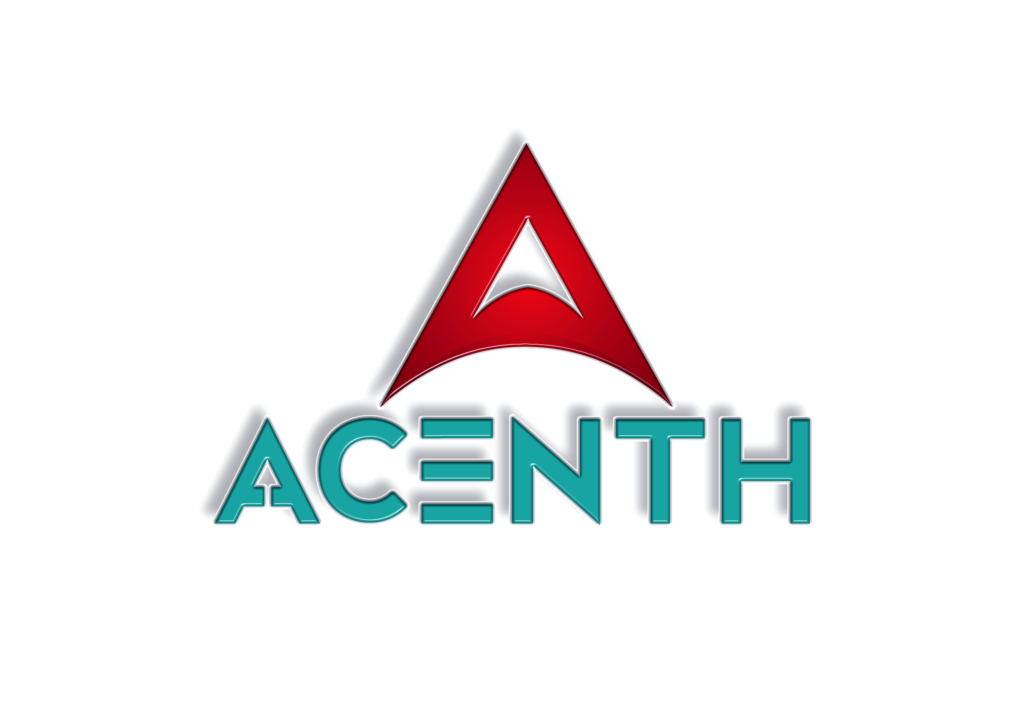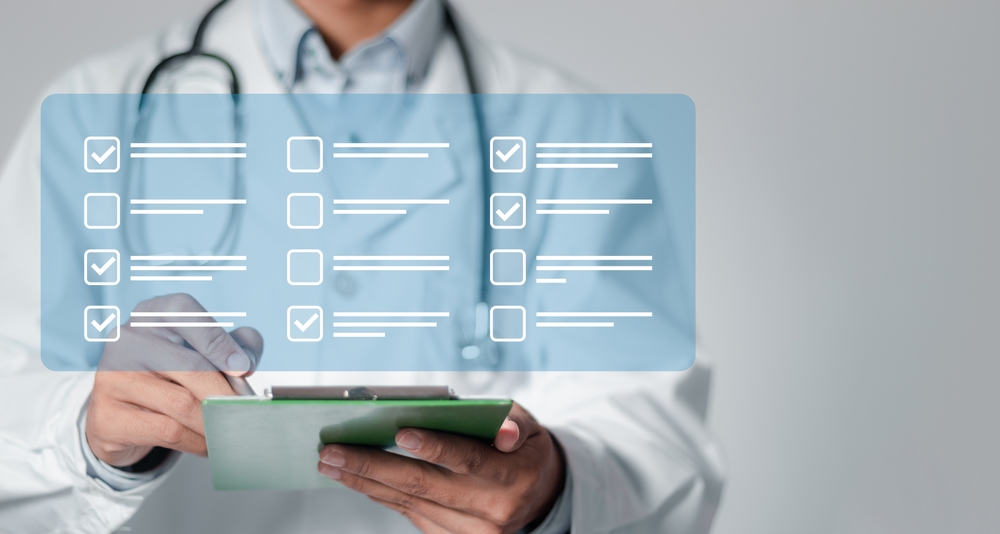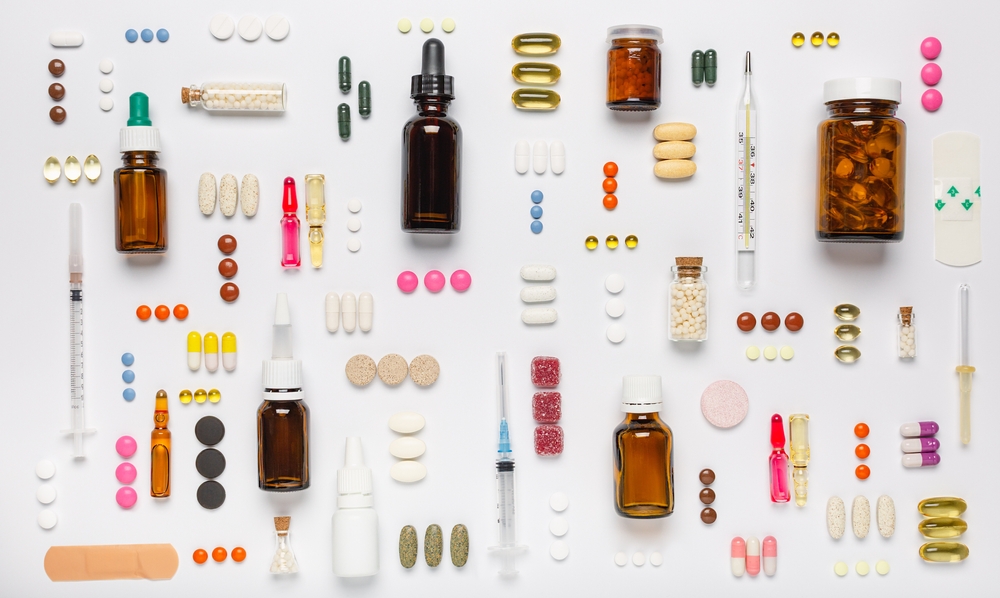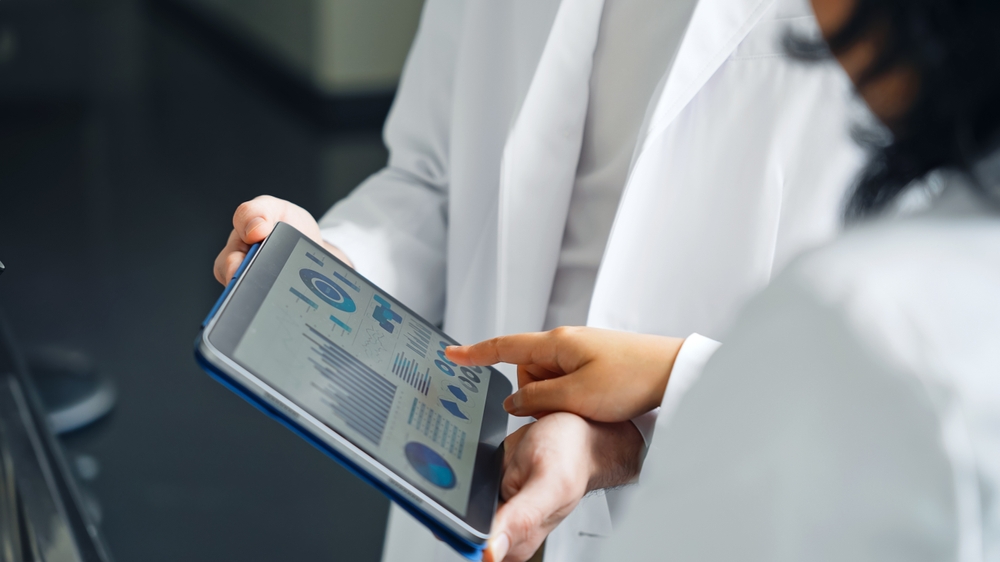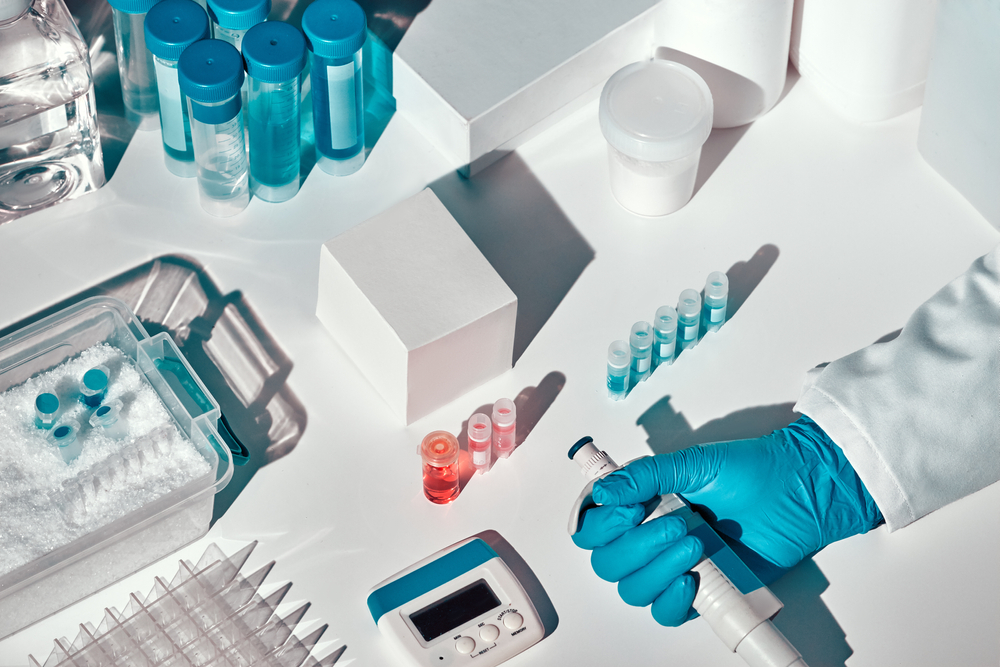Operating from the heart of the life sciences sector, Acenth collaborates with Clinical Research Organization (CRO) professionals to better understand the frameworks that support the movement of medical products across borders. Whether you’re shipping pharmaceutical ingredients, medical devices, or biologics, compliance with international import and export rules is a non-negotiable requirement. The complexity of these processes stems not only from regulatory variation between countries but also from the constantly evolving nature of global health and safety standards. In this blog, we dive deep into the multifaceted rules governing the international trade of medical products.
Understanding the Importance of Regulatory Compliance
Medical products—ranging from vaccines to surgical equipment—are highly regulated to protect public health and safety. Compliance isn’t just a matter of bureaucracy; it’s foundational to patient safety, product efficacy, and global trust. When products cross international borders, they are subjected to scrutiny from multiple regulatory bodies. These may include the U.S. Food and Drug Administration (FDA), the European Medicines Agency (EMA), Health Canada, and equivalent authorities in Asia, Africa, and Latin America.
What makes this space especially intricate is that a product legally sold in one country may not be approved or classified the same way in another. For instance, a Class II device in the U.S. might be subject to more or less regulation under the EU Medical Device Regulation (MDR). Non-compliance—whether intentional or accidental—can result in product recalls, hefty fines, trade embargoes, and even criminal penalties. Therefore, manufacturers and distributors must be equipped not only with legal counsel but with operational processes that support ongoing compliance.
Key Agencies and Their Role in International Trade
Global import and export are governed by both national and supranational entities. These bodies ensure that medical products meet necessary safety, efficacy, and labeling standards before entering or leaving a country. In the United States, the FDA’s Center for Devices and Radiological Health (CDRH) and Center for Drug Evaluation and Research (CDER) oversee device and pharmaceutical imports, respectively. Products must adhere to Good Manufacturing Practice (GMP) standards and possess the necessary documentation, such as Certificates of Pharmaceutical Product (CPPs) or Establishment Registration.
In the European Union, the EMA works in tandem with national agencies, following a centralized or decentralized approval process. Products must meet the EU MDR or In Vitro Diagnostic Regulation (IVDR) standards. Similar frameworks exist in Japan (PMDA), Australia (TGA), and China (NMPA). Each of these agencies maintains databases and resources for import/export applications, adverse event reporting, and compliance certification. Harmonization efforts under organizations like the International Council for Harmonisation (ICH) and World Health Organization (WHO) help create consistency, but significant jurisdictional differences still exist.
Documentation and Certifications: What’s Needed?
The success of a global shipment often hinges on having the right paperwork. Documentation serves as proof of regulatory clearance, product quality, and chain of custody. Missing or incorrect documents can lead to border delays, inspections, and costly rejections. Some of the most commonly required documents include:
- Certificate of Origin
- Commercial Invoice
- Packing List
- Import/Export License
- Certificate of Analysis
- Certificate of Free Sale
- Product Registration Certificate
In addition to these, customs officials may request compliance documentation such as ISO certifications, UDI (Unique Device Identification) codes, and GMP audit reports. For biologics and pharmaceuticals, a cold chain validation record may also be required. Countries like Brazil or India may mandate localized labeling or require digital entries in customs portals. Every shipment must meet both the import requirements of the destination country and the export regulations of the origin country. It is critical for logistics teams and compliance officers to stay up-to-date on evolving document formats and procedural changes.
Risk Management in Global Medical Logistics
Cross-border movement of medical products introduces various risks: logistical delays, customs holds, compliance failures, and quality degradation, particularly with temperature-sensitive goods. Risk management strategies must be proactive rather than reactive. The first step is to conduct a thorough risk assessment of all transit points, including storage and customs clearance hubs. Once risks are identified, companies should implement control measures such as validated packaging, GPS-enabled tracking, and dual-mode transportation to create redundancy.
Moreover, contingency planning is vital. Suppose a country abruptly changes its import tariff codes or imposes sanctions—how quickly can your organization reroute or reclassify its product? Many global companies establish regional warehouses to minimize dependency on any single customs clearance pathway. Additionally, leveraging local partnerships with customs brokers, freight forwarders, and regulatory consultants can dramatically reduce the likelihood of shipment failures. Ultimately, the integration of compliance with supply chain management becomes a cornerstone of international business continuity.
Evolving Trends in Regulatory Harmonization
In recent years, regulatory convergence has gained momentum, aiming to streamline approvals and reduce duplication of efforts. Initiatives such as the Medical Device Single Audit Program (MDSAP) allow manufacturers to meet the quality system requirements of multiple countries through a single audit. This can dramatically cut down compliance time and administrative overhead. The WHO’s Collaborative Registration Procedure also speeds up access to prequalified medicines by aligning regulatory processes between low- and middle-income countries.
However, despite these advances, full harmonization remains a challenge. Geopolitical shifts, public health emergencies (like COVID-19), and emerging technologies (e.g., AI-based diagnostics) introduce new complexities. Regulatory agility—where agencies can quickly update rules to address novel challenges—has become a core feature of modern trade governance. Businesses must therefore invest not just in compliance systems but in continuous education and regulatory intelligence.
The Role of Technology in Streamlining Trade
Technology has transformed how organizations manage medical product import and export. From digital customs portals to blockchain-enabled supply chains, technological adoption can significantly enhance transparency, reduce fraud, and improve compliance accuracy. Enterprise Resource Planning (ERP) systems integrated with customs clearance APIs can auto-generate required documentation, track shipment status, and flag compliance issues in real time.
Artificial Intelligence (AI) tools are increasingly used to analyze international trade data and predict potential bottlenecks. For instance, predictive algorithms can alert companies to upcoming port strikes or adverse weather that might affect transit times. In addition, digital quality management systems (QMS) ensure that quality records and certifications are up to date and retrievable during audits. As global regulations evolve, leveraging technology becomes a vital differentiator in ensuring sustainable, compliant international operations.
Conclusion
As the global demand for medical innovations grows, so too does the complexity of their movement across borders. For companies and research organizations navigating this terrain, knowledge is both shield and compass. Understanding and managing the labyrinth of international regulations, certifications, and risk factors is essential to ensuring product integrity, patient safety, and market access. While the road may be complex, it is navigable with the right systems and vigilance. Located at the center of this evolving landscape, Acenth and its Clinical Research Organization (CRO) collaborators are part of a larger conversation aimed at building safe, efficient, and compliant trade pathways for medical products worldwide.
Resources
World Health Organization (WHO). (2021). Good Regulatory Practices: Guidelines for National Regulatory Authorities for Medical Products.
Chowdhury, N., & McIntosh, J. (2020). Navigating the Complexities of International Medical Device Regulations. Journal of Regulatory Science and Innovation.
Lee, T. K., & Chan, A. H. (2019). Risk Management Strategies in Global Pharmaceutical Supply Chains. International Journal of Operations & Production Management.
